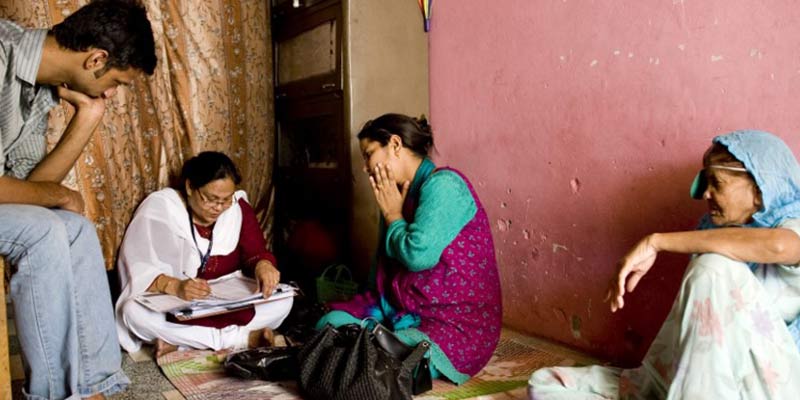- India
- Mar 14
Govt amends Census rules, allows self-enumeration online
• The ministry of home affairs has notified the Census (Amendment) Rules, 2022.
• The citizens of the country, if they wish, will be able to self-enumerate online in the upcoming census. The new rules allow the Census schedule, which contains questions to be asked during the decennial exercise, to be both on paper and in electronic forms.
• According to the Census (Amendment) Rules, 2022, the phrase “electronic form” shall have the same meaning as assigned to it in clause (R) of sub-section (1) of section 2 of the Information Technology Act, 2000 — any information generated, sent, received or stored in media, magnetic, optical, computer memory, micro film, computer generated microfiche or similar device.
• Apart from allowing the provision of online self-enumeration, home visit by the enumerators for collecting census data will continue as in the past.
• The housing listing phase of the Census and the exercise to update the NPR were scheduled to be carried out across the country from April 1 to September 30, 2020, but got postponed due to the COVID-19 outbreak.
• The Census operation continues to be on hold and the government is yet to announce the new schedule.
• The new rules define self-enumeration as “filling-up, completion and submission of census schedule by respondents themselves”.
• In Rule 5, which deals with publishing of the census statistics through publications of magnetic media, the word “media” has been replaced with “electronic or any other media”.
• A clause has been added to Rule 6 to allow filling up of the Census schedule through self-enumeration.
• “Without prejudice to any other provisions of these rules, a person may fill-up, complete and submit the census schedule through self-enumeration,” according to the rules notified by the Union home ministry.
• Rule 8 has an addition: “print media, electronic media, social media”, to the list of modes for ensuring wide publicity for the exercise. The earlier list only included radio, audio-visuals and posters.
• Rule 9 has been updated to allow the Census schedules filled through self-enumeration to be kept along with the Census schedules and the connected papers canvassed by the enumerators at the office of the director of Census operations or at such other place that the Census commissioner may direct for the processing of the data as collected.
Census
• The decennial Census is the largest single source of a variety of statistical information on different characteristics of the people of India conducted on the basis of the Census Act enacted in 1948.
• The Census is the basis for reviewing the country’s progress in the past decade, monitoring the ongoing schemes of the government and plan for the future.
• The Census provides detailed and authentic information on demography, economic activity, literacy and education, housing and household amenities, urbanisation, fertility and mortality, Scheduled Castes and Scheduled Tribes, language, religion, migration, disability besides others.
• The enumerators also collect data related to cultivators and agricultural labourers, their sex, occupational classification of workers in non-households industry, trade, business, profession or service by class of worker and sex.
• There will be a detailed survey on gender and literacy rate, number of towns, slum households and their population.
• Information is also collected on sources of potable water, energy, irrigation, method of farming, whether a house is concrete, thatched or others.
• This reliable, time-tested exercise has been bringing out a veritable wealth of statistics every 10 years, beginning from 1872 when the first Census was conducted in India non-synchronously in different parts.
• The government decided in May 1949 to initiate steps for developing systematic collection of statistics on the size of population, its growth, etc, and established an organisation in the ministry of home affairs under Registrar General and ex-Officio Census Commissioner, India.
• This organisation was made responsible for generating data on population statistics, including vital statistics and Census. Later, this office was also entrusted with the responsibility of implementation of Registration of Births and Deaths Act, 1969.
Manorama Yearbook app is now available on Google Play Store and iOS App Store

